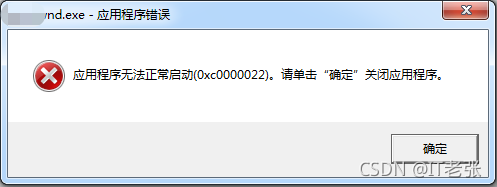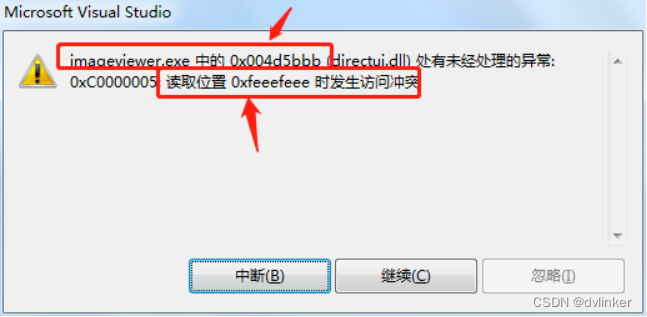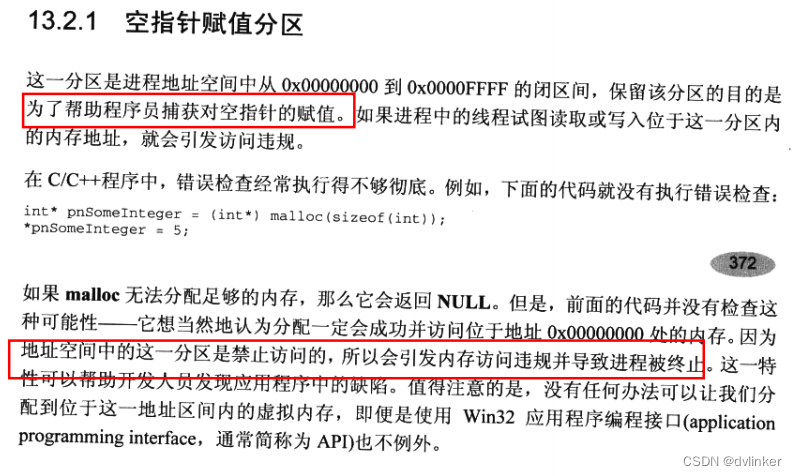原文:Eigen官网-Interfacing with raw buffers: the Map class
1. 引言
本篇文章将介绍Eigen如何与原生raw C/C++ 数组混合编程。当你从其他库中导入vectors或matrices时,这将会很有用。
你偶尔也许会想将预先定义的一个数组在Eigen中作为vector或matrix进行使用,相比copy数据,更一般的方式是复用数据的内存,将它们转变为Eigen类型。Map类很好地实现了这个功能。
2. Map类型和Map变量声明
Map的定义:
Map<Matrix<typename Scalar, int RowsAtCompileTime, int ColsAtCompileTime> >
在这种默认的定义中,Map只需要一个模板参数-Matrix。
为了构造Map变量,需要另两个信息:一个指针,该指针指向用于定义数组元素的内存区域;另一个是希望得到的matrix或vector的形状。
比如:定义一个float类型、动态尺寸大小的matrix:
Map<MatrixXf> mf(pf,rows,columns);
其中pf是一个float *类型的指向数组内存的指针。
定义一个固定大小的、整形的、只读vector:
Map<const Vector4i> mi(pi);
其中,pi是一个int *类型的指针。在这个例子中不需要传递尺寸大小给构造函数,因为尺寸大小已经由Matrix/Array类型确定了。
注意:Map没有默认的构造函数,你需要传递一个指针来初始化对象。
Map能够足够灵活地去容纳多种不同的数据表示,其他的两个模板参数:
Map<typename MatrixType,
int MapOptions,
typename StrideType>
- MapOptions标识指针是否是对齐的(Aligned or Unaligned),默认是Unaligned。
- StrideType表示内存数组的组织方式:行列的步长。
示例如下:
int array[8];
for(int i = 0; i < 8; ++i) array[i] = i;
cout << "Column-major:\\n" << Map<Matrix<int,2,4> >(array) << endl;
cout << "Row-major:\\n" << Map<Matrix<int,2,4,RowMajor> >(array) << endl;
cout << "Row-major using stride:\\n" <<
Map<Matrix<int,2,4>, Unaligned, Stride<1,4> >(array) << endl;
结果如下:
Column-major:
0 2 4 6
1 3 5 7
Row-major:
0 1 2 3
4 5 6 7
Row-major using stride:
0 1 2 3
4 5 6 7
3. 使用Map变量
可以像使用任何一种Eigen类型一样来使用Map对象。
示例如下:
typedef Matrix<float,1,Dynamic> MatrixType;
typedef Map<MatrixType> MapType;
typedef Map<const MatrixType> MapTypeConst; // a read-only map
const int n_dims = 5;
MatrixType m1(n_dims), m2(n_dims);
m1.setRandom();
m2.setRandom();
float *p = &m2(0); // get the address storing the data for m2
MapType m2map(p,m2.size()); // m2map shares data with m2
MapTypeConst m2mapconst(p,m2.size()); // a read-only accessor for m2
cout << "m1: " << m1 << endl;
cout << "m2: " << m2 << endl;
cout << "Squared euclidean distance: " << (m1-m2).squaredNorm() << endl;
cout << "Squared euclidean distance, using map: " <<
(m1-m2map).squaredNorm() << endl;
m2map(3) = 7; // this will change m2, since they share the same array
cout << "Updated m2: " << m2 << endl;
cout << "m2 coefficient 2, constant accessor: " << m2mapconst(2) << endl;
/* m2mapconst(2) = 5; */ // this yields a compile-time error
结果如下:
m1: 0.68 -0.211 0.566 0.597 0.823
m2: -0.605 -0.33 0.536 -0.444 0.108
Squared euclidean distance: 3.26
Squared euclidean distance, using map: 3.26
Updated m2: -0.605 -0.33 0.536 7 0.108
m2 coefficient 2, constant accessor: 0.536
Eigen提供的函数都兼容Map对象。
4. 修改Map数组
Map对象声明后,可以通过C++的placement new语法来改变Map的数组。
示例如下:
int data[] = {1,2,3,4,5,6,7,8,9};
Map<RowVectorXi> v(data,4);
cout << "The mapped vector v is: " << v << "\\n";
new (&v) Map<RowVectorXi>(data+4,5);
cout << "Now v is: " << v << "\\n";
结果如下:
The mapped vector v is: 1 2 3 4
Now v is: 5 6 7 8 9
尽管外观如此,这不会调用内存分配器,因为语法指定了存储结果的位置。
此语法使得在不知道映射数组在内存中的位置的情况下声明映射对象成为可能:
Map<Matrix3f> A(NULL); // don't try to use this matrix yet!
VectorXf b(n_matrices);
for (int i = 0; i < n_matrices; i++)
{
new (&A) Map<Matrix3f>(get_matrix_pointer(i));
b(i) = A.trace();
}
参考:
“Eigen教程(8)”
© 版权声明
文章版权归作者所有,未经允许请勿转载。
THE END










暂无评论内容